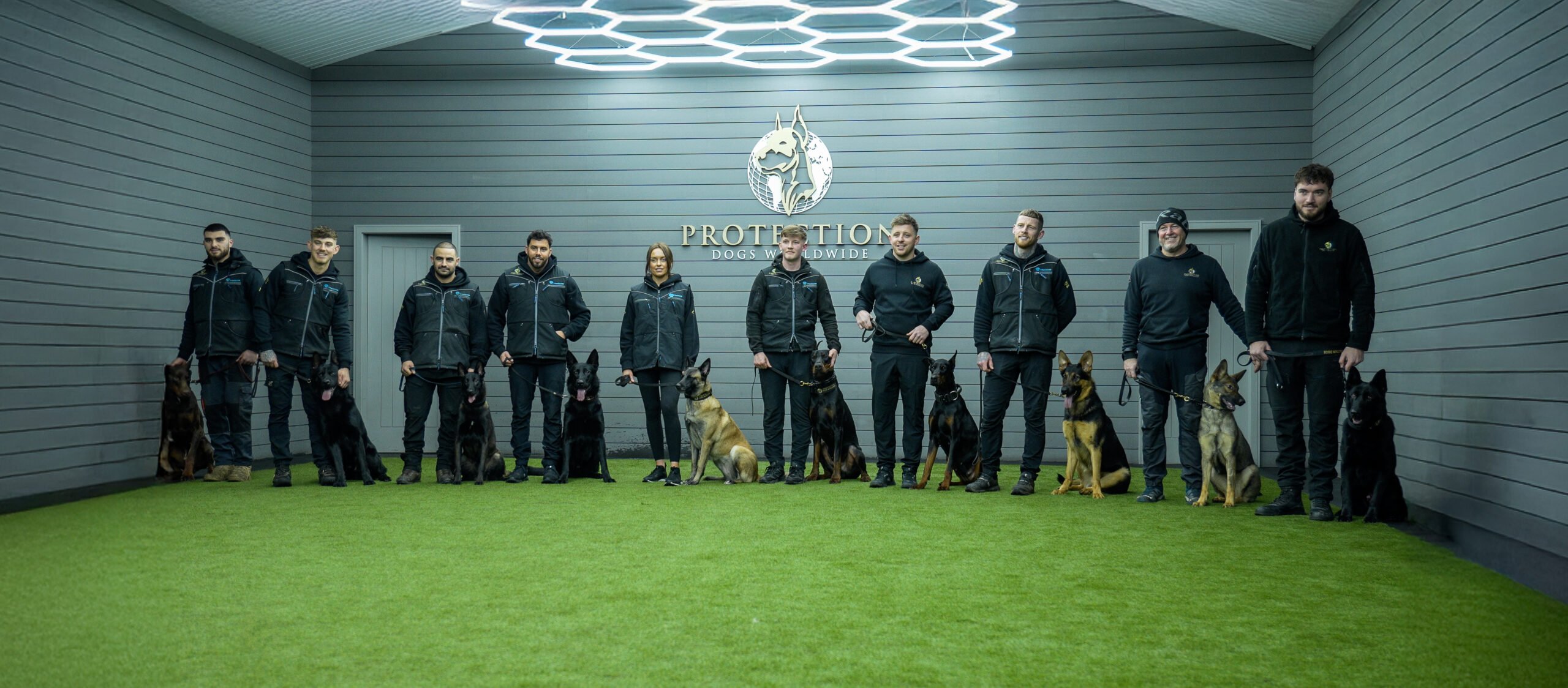13 July 2023
Bringing a new protection dog into your home is as exciting as it is a rewarding experience. These dogs can provide you and your family with almost unparalleled peace of mind in the face of security threats as well as become a beloved companion. However, it will require careful planning and a good amount of consideration to ensure a smooth transition. In this blog, we will provide you with our tips and insights to help facilitate this.
Firstly, you must prepare your home by creating a safe and comfortable environment. Potential hazards and escape points should be secured, and it is beneficial to establish where your dog’s bed or crate, feeding areas, and toys will be. Although it is quite normal for such arrangements to change once a new dog has become more settled, prior planning is always beneficial as it provides a template which can later be adjusted if necessary.
Next, expectations regarding your new dog’s role within your family should be clarified well before it even arrives. Details as seemingly small as who will be a dog’s primary caregiver with responsibility for feeding and walking should be pre-decided, and cannot be overlooked. Failure to do so can lead to a situation where a dog does not receive the care it needs or deserves, so a little planning will go a long way. You should also find a vet, trainer or behaviourist, and pet shop where you know you can buy a high-quality feed before your dog arrives.
Once your dog does arrive, try not to overload it. A slower transition is an often an easier one, so we initially recommend confining your dog to a smaller part of your house before gradually allowing it to explore over the course of a week or two. This will allow your dog to build its confidence in controlled settings rather than becoming overwhelmed and anxious. An experienced trainer or behaviourist will be able to help ease this transition, as well as offer significant additional benefits.
You should also dedicate time to bond with your new protection dog, and work with each other to build trust and a loving relationship. Daily activities such as feeding, grooming, training, and playtime will help strengthen this relationship, and help ensure that your dog truly wants to work for you and your family from a place of love, affection, and dedication.
 English
English








